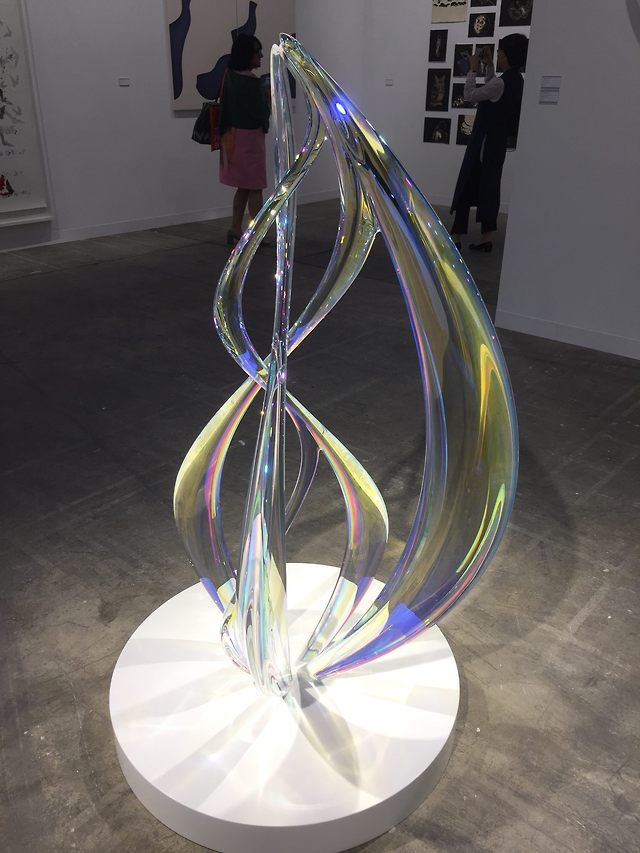

A prime example is our partnership over the last 18 years with civil rights attorney Craig Futterman and his students at the Edwin F. From the start, the Invisible Institute created capacity through collaboration. It came to refer not to a formal organization, but a loose network of collaborators and a certain style of inquiry, exploration, and relationship-building. Working out of a vacant, five-bedroom unit in a doomed public housing high-rise with an open-air drug market outside the door, we announced in the first issue of The View that it was published under the auspices of something called the Invisible Institute. The name “Invisible Institute” was first uttered in jest. And with two colleagues - David Eads and Patricia Evans - I published occasional human rights reports on conditions in public housing under the title “ The View From the Ground.” I served as an adviser to the resident council. I created a program of “grassroots public works” aimed at providing alternatives for ex-offenders and members of street gangs. It is also the story of how a style of on-the-ground reporting that Studs Terkel once characterized as “guerrilla journalism” matured into the Invisible Institute, a journalism production company based on the South Side of Chicago that has assumed the function of curating this category of public information on behalf of the public.ĭuring the final chapter of high-rise public housing in Chicago - from 1994 until the final demolition in 2007 - I was a daily presence at Stateway Gardens, a development centrally located in the massive concentration of public housing along a three-mile stretch of South State Street. The decadelong effort to gain access to this information is an important thread in the history of the struggle for civil rights under law in Chicago. The scale of CPDP is without parallel: It includes more than 240,000 allegations of misconduct involving more than 22,000 Chicago police officers over a 50-year period. The data set is complete for the period 2000 to 2016 substantially complete back to 1988, and includes some data going back as far as the late 1960s. The new system also provides auditing and exporting capabilities, and stores data in a way that makes it easy to run reports and analysis, enabling them to focus on officers’ patterns of behaviour to present to regulatory and political bodies, instead of relying on anecdotal data and examples.Today the Invisible Institute, in collaboration with The Intercept, releases the Citizens Police Data Project 2.0, a public database containing the disciplinary histories of Chicago police officers. We worked together to build a new case management system to help OIPM focus on police accountability, reducing the amount of time spent compiling a case, searching for officers, and attaching allegations to those officers. OIPM wanted to translate those feelings into real data that could drive reform. This had to be done manually, which wasn’t scalable and made it challenging to represent the genuine feelings of the community members who have suffered police misconduct. Their legacy processes and systems made it impossible to analyse their report data to draw out any patterns, behaviour assessments or data points in a meaningful way. The OIPM provides crucial education to the community, helps citizens file complaints against police officers, and analyzes complaint data, all while fighting political and technological hurdles. Through the Invisible Institute, we connected with the New Orleans Office of the Independent Police Monitor (OIPM).

We wanted to help the Invisible Institute solve data and technology issues faced by police monitoring groups. As part of Thoughtworks’ Racial Injustice and Incarceration campaign, we partnered with the Invisible Institute to use our technical expertise to bring actionable, meaningful change to police monitoring in the community. The New Orleans Police Department has a disturbing history of corruption, racism, and abuse.


 0 kommentar(er)
0 kommentar(er)
